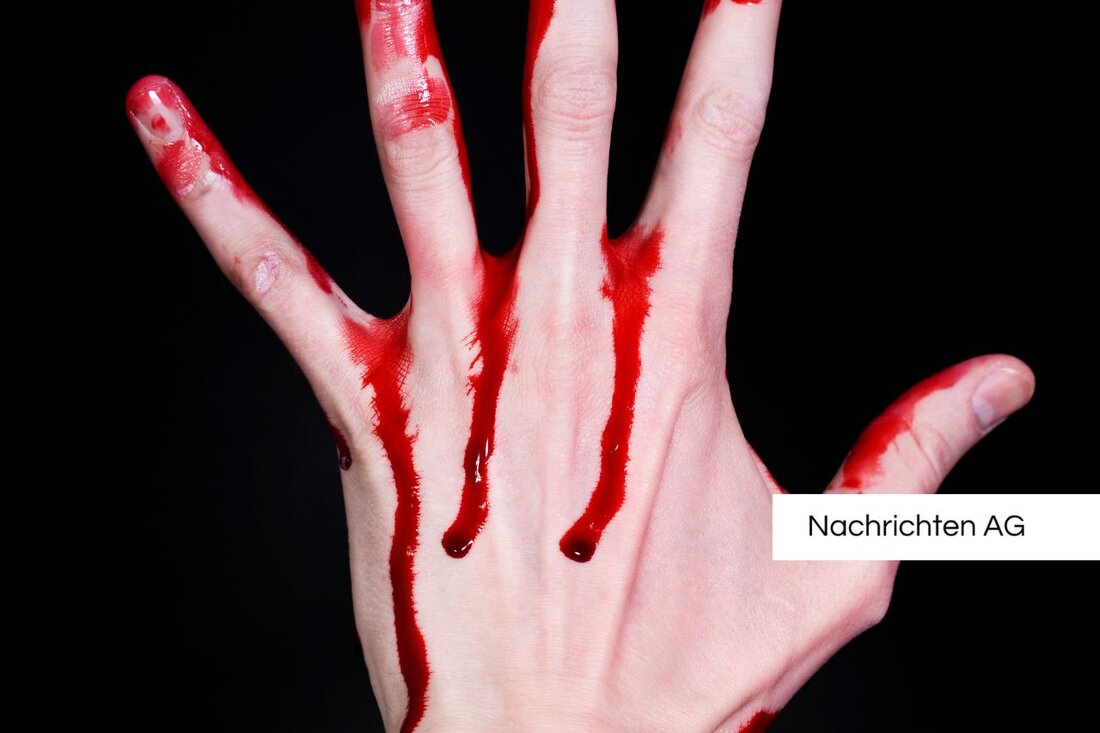Hanging in climbing halls: rubber abrasion could spoil air quality!

Hanging in climbing halls: rubber abrasion could spoil air quality!
Donaustadt, Österreich - climbing friends! In a recent study, the air quality in climbing halls sounds an alarm. According to meinzirk.at the rubber soles of climbing shoes are the main cause for pollutant-polluted air. Particles of the abrasion come into the air when climbing and could pose health risks for the athletes. Anya Shermann, the first author of the study, calls for a change to more environmentally friendly sole materials.
Thilo Hoffmann, environmental scientist, also warns of health dangers, especially for children. The critics of the study did not fall on the mouth either. Dieter Schimanek, managing director of the Vienna Climbing Hall, sees the investigation as incomplete and requires precise information on the tested shoes and the amount of pollutants. He is committed to a thorough processing of the Situation and would like to clarify, among other things, whether the harmful particles are also detectable in urine or blood.
The background of air pollution
How stressful the air really is, the study, which proves a higher concentration of chemicals even in smaller climbing halls. In numerous climbing shoes, harmful additives such as benzothiazole and p-phenyl diamine could be found, which swirl up again in the climbing hall and contaminate the air. These chemicals are so toxic that they are also used in car tires nationalgiographic.de.
The health risks by inhaling these harmful substances are enormous. Damage to lungs, liver and nervous system is suspected as long -term consequences. Initial measurements show worrying results. The boulder -bar Seestadt has already installed a modern ventilation system with experts and has so far been unable to detect any harmful substances. Peter Emberger, the head of the bouldering bar, supports the ongoing measurements, but sees the methods for checking as not verified.
Health protection in climbing halls
The topic of pollution is not a novelty. The German Alpine Association (DAV) has carried out investigations into fine dust pollution in climbing halls since 2007/2008. The DAV climbing halls rely on powerful ventilation systems that are regularly serviced to guarantee air quality [alpenverein.de] (https://www.alpenverein.de/artikel/schafstoffsinchen-in-boblerhallen- through-gumbrieb-von-climbing shoe_b747177e-4b0f-B0AB-62C4B545A011).
With an air volume requirement of 60 m³/h for sports and special measures to reduce fine dust pollution, the halls are well prepared. However, they recommend that sensitive people plan their visits in less frequented times and avoid bringing small children to the climbing areas. These forward -looking rules are only part of the efforts to minimize the health risk.
In conclusion, it remains to be said that the discussion about health in climbing halls continues. The operators are encouraged to continuously improve air quality, while athletes and scientists have to work together on solutions in order to get the dangers from the rubber abrasion under control. It remains to be seen whether the changes will actually prevail in practice.| Details | |
|---|---|
| Ort | Donaustadt, Österreich |
| Quellen | |
